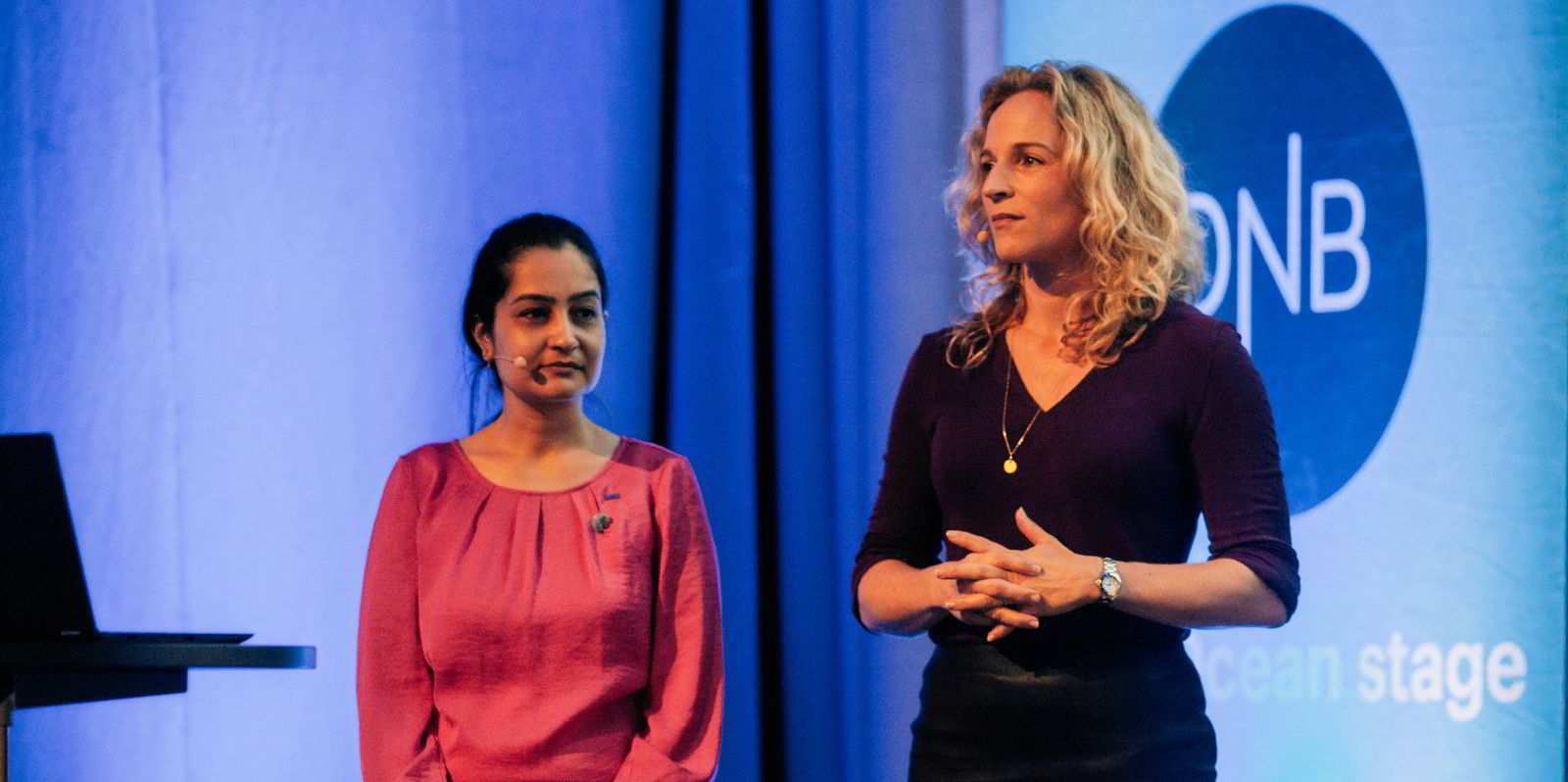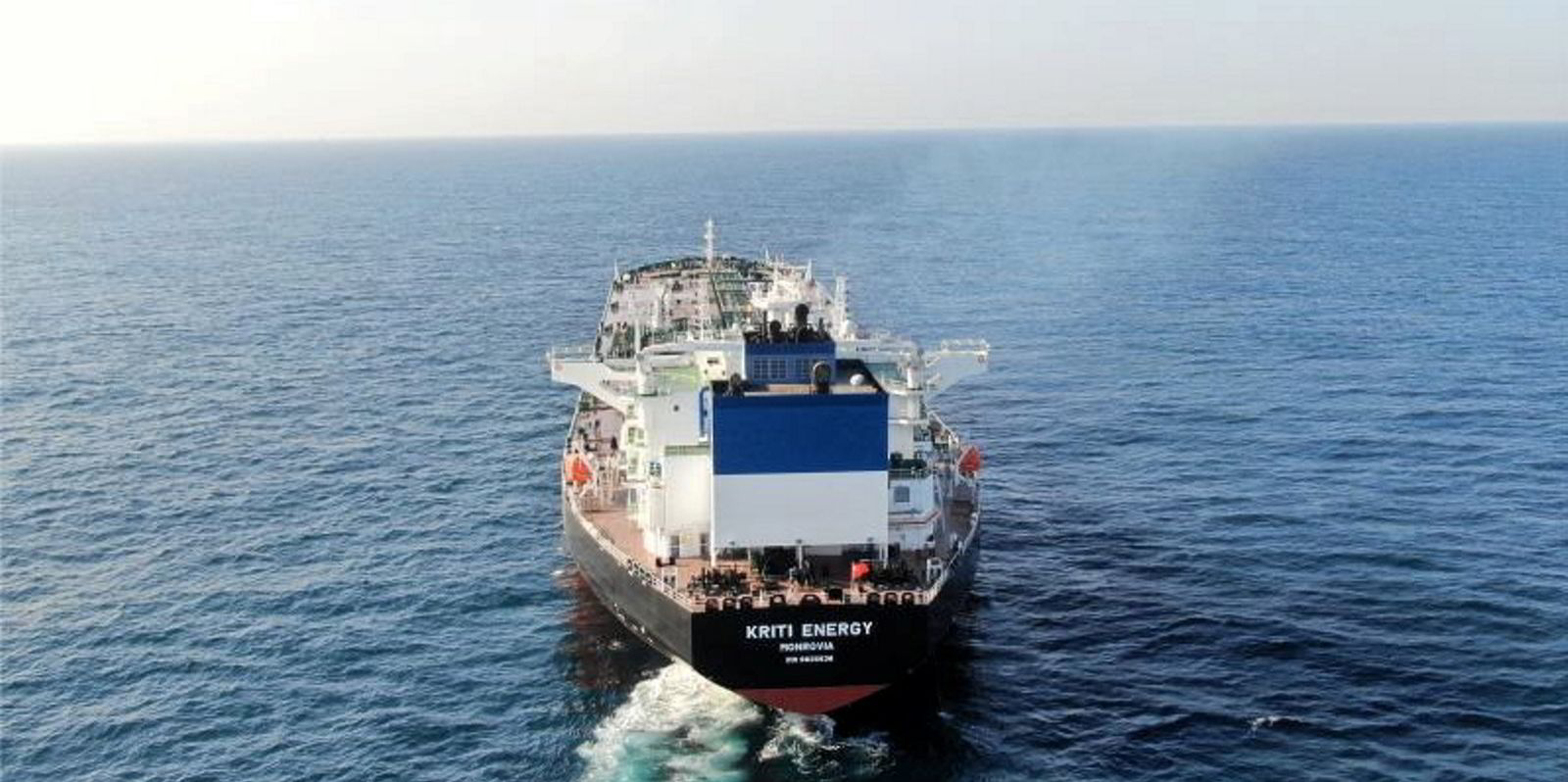Call the much-maligned Carbon Intensity Indication (CII) rules in their current form a test run, shipping industry executives said at a conference on Thursday.
Grieg Green managing director Pia Meling told the annual shipping conference of the Hellenic American and Norwegian American chambers of commerce that she has never met a shipowner who is happy about the carbon intensity regulation that kicked in on 1 January.
“So it has to change, then,” she said.
The CII scheme rates ships A through E, with A the highest, taking into account emissions by vessel capacity and distance travelled.
Ships with A and B ratings are considered top performers, while ships with D ratings for three straight years or an E rating for one year would have to submit a corrective plan or be banned from trading.
The system has been criticised for being too simplistic to deal with such a complex industry, creating unintended consequences by not taking into account how different sorts of vessels operate and being unfair to certain types of vessels like feeder ships, which are being passed over for work by CII exempt multi-purpose vessels.
Tufton Investments senior partner on decarbonisation Nikos Petrakakos called CII in its current form a “beta test”.
“I know almost every other regulation over time has adapted to what it should be,” he said.
“I'd call it a beta test for the CII at this point. But we need to work with the regulators to get it to a workable place.”
Oldendorff Carriers director Scott Bergeron said his firm was not criticising the regulators, but rather the unintended consequences of the rules.
He said shipping has been “quite compliant” when it comes to regulations and that the industry has to be willing to work with rule makers.
“You get out of it what you put into it. The industry has to put in more,” Bergeron said. “The industry has to share data and experiences with the regulators. I think it's give and take, not just if you're happy or not.”





